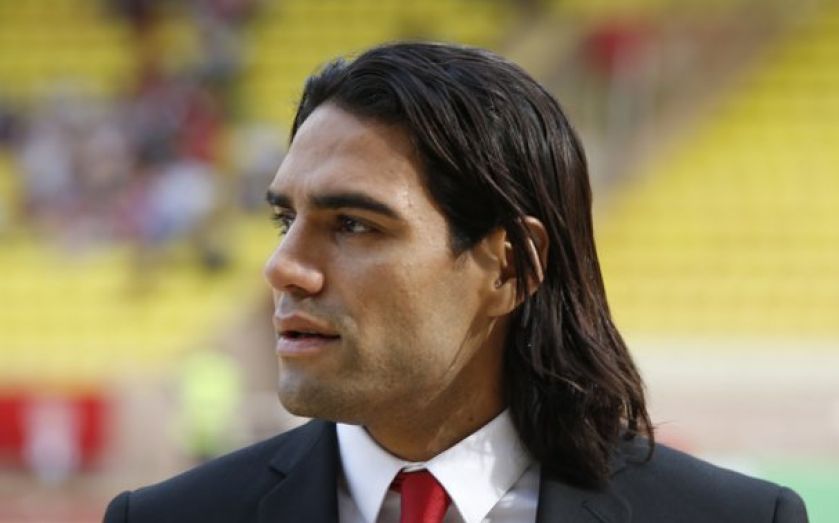| Updated:
How Manchester United and Chelsea showed loaning is the new buying for Premier League clubs

So the window has slammed shut on the latest football transfer extravaganza. Well perhaps not so much slamming, more flapping shut with the deals that seemed to conclude after the deadline had passed.
How do we all feel? I think we’re left with a sense of shock, amazement and bewilderment at the sheer size of the £835m transfer pot and the nature and number of deals transacted.
We’ve seen top clubs willing to take big-name loan players, which we haven’t really seen before; they have tended to be the domain of the lower Premier League clubs and the Football League.
Some have commented that this is all about complying with Uefa’s Financial Fair Play (FFP) rules. Well let’s look at two high profile loans: Fernando Torres from Chelsea to AC Milan and Radamel Falcao from Monaco to Manchester United.
In the Torres case, Chelsea have signed a two-year loan agreement with Milan which takes Torres to the end of his current contract with Chelsea. According to reports, Milan are paying all the player’s salary obligations for this period but no loan fee. This leaves Chelsea nursing a net transfer loss of £50m on the original transfer from Liverpool back in 2011.
How does it work from an accounting point of view? Chelsea will have been amortising the transfer in equal instalments over the course of his five-year contract and, therefore, having completed three years, he should have a balance sheet value of £20m at the date of the loan.
As the clubs have signed a two-year loan agreement there is no prospect of selling the player before the end of his contract (unless there is a recall clause in his contract) begging the question: should the club write off the remaining £20m value now or over the rest of his contract? At the very least, by loaning the player rather than selling him the club’s management may be giving themselves some flexibility in arguing with Uefa’s accountants as to when they take the loss.
What they will be saving, though, is the alleged annual £7.5m salary cost. I think we might just see more of these loan transactions as top clubs try to juggle and spread their transfer and player costs in order to comply with FFP.
Turning to Falcao, I think this deal was more to do with smart business than FFP certainly from United’s perspective.
He was bought by Monaco for c£50m and, therefore, assuming he had been sold to United for the same price on a five-year contract, he would be amortised in the Red Devils’ books at £10m pa.
The loan fee for this season is allegedly c£7m, plus his wages, so the effect on the P&L is a difference of £3m in respect of the amortisation fee, hardly sufficient to justify a loan over a purchase in terms of FFP; although from Monaco’s position it might help its FFP calculations in removing a very high wage and amortisation cost for the season.
I think United are hedging their bets given that Falcao has had two serious knee injuries over the last few years and probably will have included an option to conclude a purchase next year only if he plays in a certain number of games this season.
The club could point to the recent injury to Arturo Vidal, another summer target, to justify this cautious approach.
Conversely, Falcao may have included an option not to complete the sale if United fail to qualify for the Champions League. I doubt cashflow is an issue, even having spent £200m, but it won’t do any harm to push a further £50m expenditure into next season.